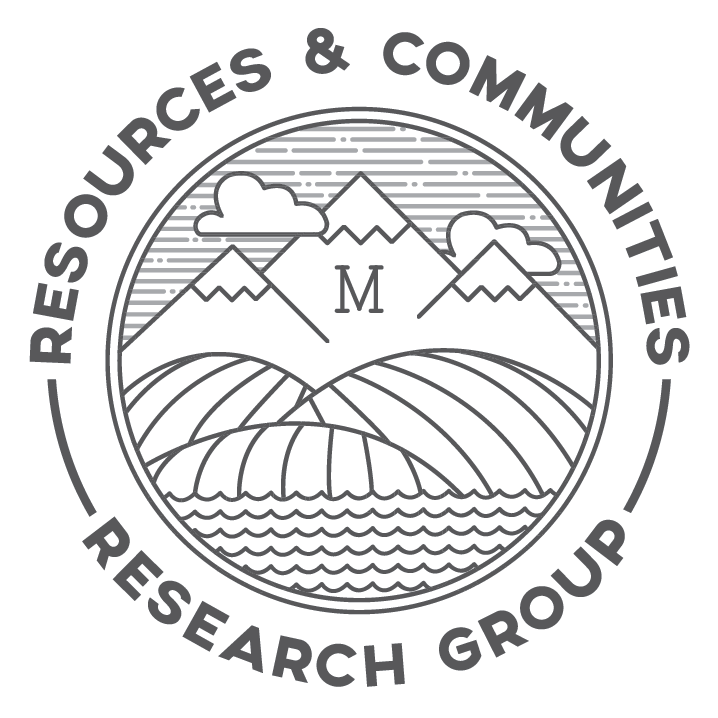Earlier this month, Jackson and I had the great opportunity to attend the International Association of Impact Assessment (IAIA) 2019 Annual Conference in Brisbane, Australia. IAIA is a network of researchers, practitioners, and professionals who conduct or utilize impact assessments (IAs) in a variety of contexts worldwide. IAs aim to identify future consequences of a current or proposed action—often a development project. Here in the U.S., we’re most familiar with environmental impact assessments (EIAs) that identify anticipated environmental effects of a proposed project and are required under the National Environmental Policy Act (NEPA) of 1969. Social impact assessments (SIAs)—the process of identifying and managing the social consequences of development—emerged as a component of the NEPA process. However, SIA guidelines and principles were first developed internationally as a study that is part of the regulatory approval process for infrastructure and resource extraction projects (Esteves et al. 2012).
At this conference, we learned about impact assessments in their various forms (social, environmental, health, cumulative, regional) and practices in a wide range of international contexts. Jackson and I were also fortunate enough to participate in a two-day course on SIAs and attended a wide variety of presentations focused on both EIA and SIA. Recent examples of IA in the news include controversy over federal authority around EIAs in Canada and a push for both EIAs and SIAs to be made publicly available in an effort towards transparency by the government of Papua New Guinea.
As graduate students studying rural and resource geography, we are particularly interested in the links between natural resource extraction and community development. SIAs are a unique tool that can aid in offering new insights on the relationship between the mitigation of short-term impacts from natural resource projects and the consequences for post-closure planning. For me, there are exciting new questions about how SIAs can inform community and regional planning for the social impacts of coal-fired power plant and mine closures. For Jackson, SIAs offer up tantalizing new questions on potential outcomes for community development tied to remote mining projects. SIAs are by definition focused on impact mitigation, but they may also present opportunities for rural communities to alter their long-term trajectory. These opportunities are shaped by a multitude of forces including participatory community visioning and community capacity building during the life of mining projects.
In addition to the excellent learning opportunities, IAIA offered a brief visit to the beautiful city of Brisbane. Below are a few highlights of our trip.
—Kelli Roemer and Jackson Rose




